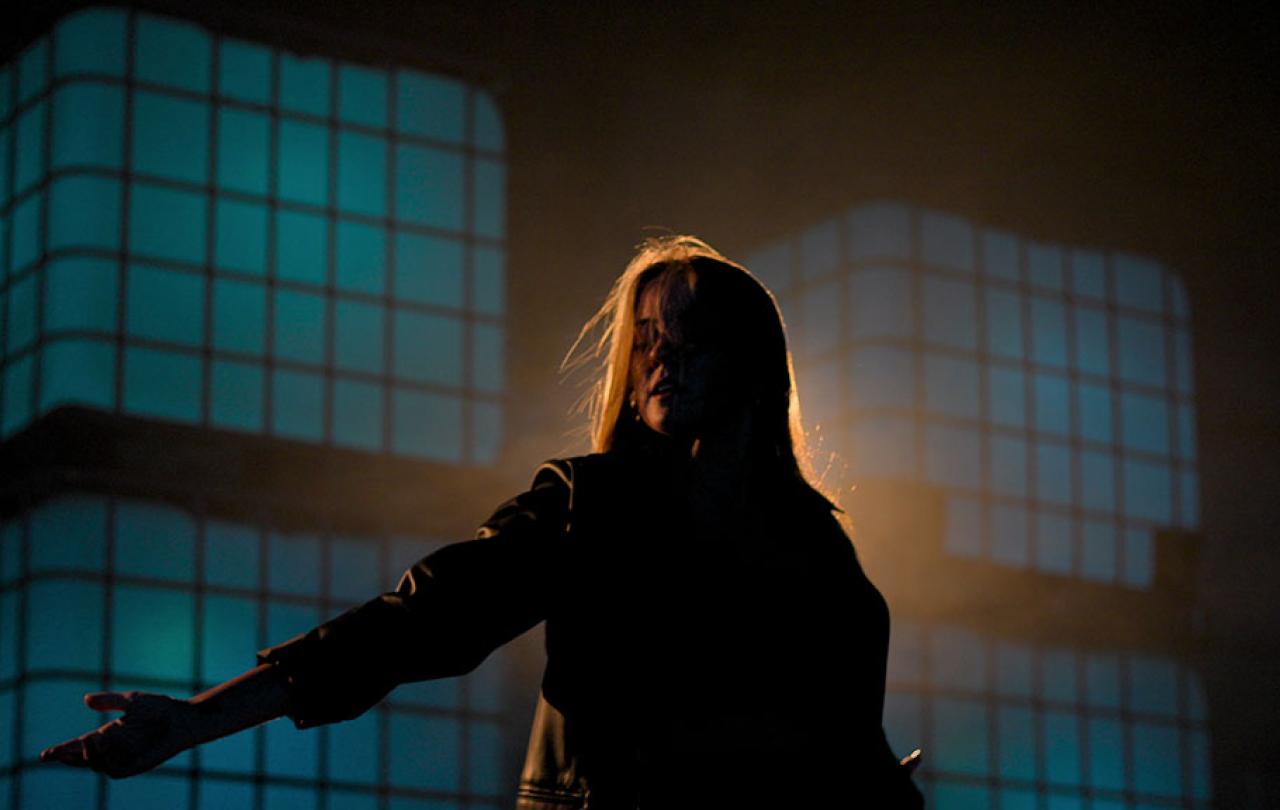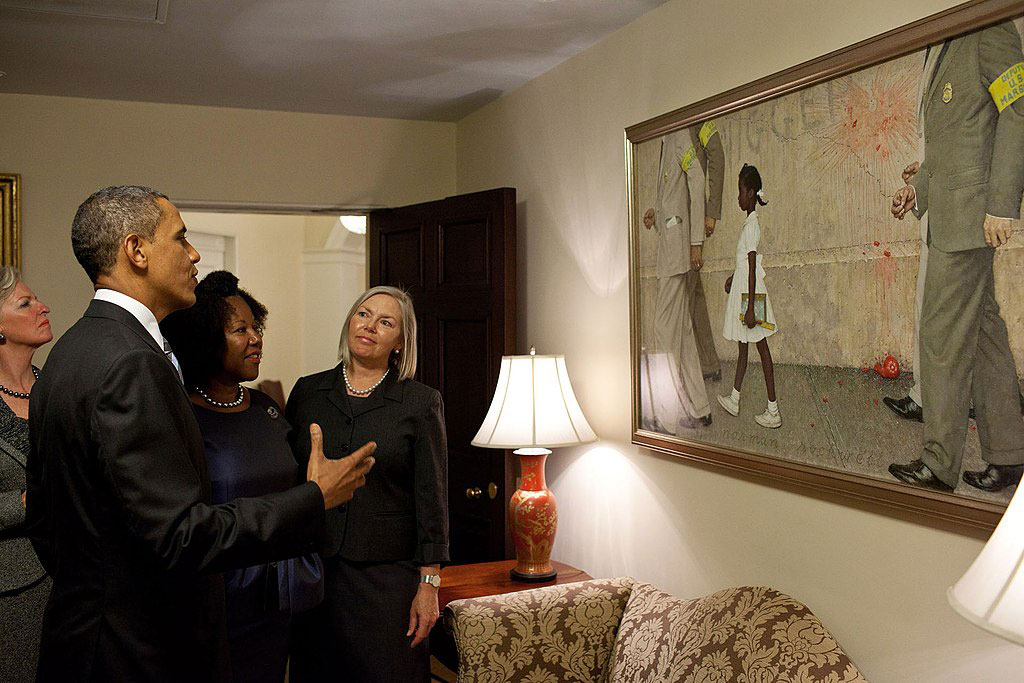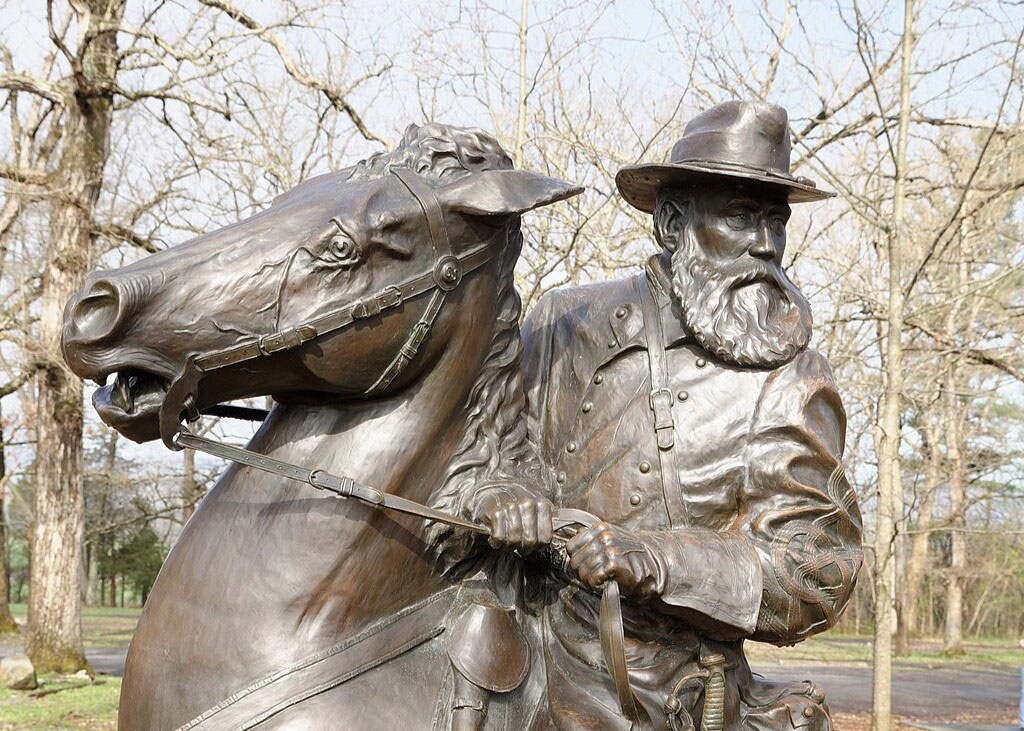
A friend of mine just completed her master’s in counselling from Oxford University. On the first day, the group of elite academics sat around and debated the most pressing challenges facing modern society. A huge majority agreed that Christianity was a big concern. Far from viewing the Church and its congregants as benevolent and non-judgmental assets to the community, they described Christians as ‘deeply problematic’.
For those who haven’t purposely engaged with Christianity, the Church represents the suppression of self-expression, the enforcing of outdated and restrictive rules and the judgement of those who don’t uphold their ideals. These students believed the Church was a barrier to societal progress and the sooner it was stripped of its power and influence the better.
While anyone who has engaged with Jesus’ teachings would agree that this is in stark contrast to his key messages, it’s hard for anyone who’s been around religion and Christians for the last fifty years to be surprised. And this, I believe, is all part of the Church’s big PR problem.
Christianity in the media
The media is all about telling stories. As a tabloid journalist, I was told that if a story didn’t entertain, surprise or outrage, it wouldn’t generate interest. Has it made you laugh (often at someone’s expense), shocked you or inspired you to rage? If the answer was no, it was time to find a different Reddit thread to pilfer.
This is no longer the slogan of grubby tabloid papers but now the stuff of broadsheets and broadcast media too. The need to flabbergast, affront and amuse has even spilled into our fiction. A recent Netflix chart topping film Wicked Little Letters showed a gracious and timid Christian woman, who constantly quoted scripture, receiving vile poison pen letters. The character, played by Oscar-winner Olivia Colman, initially came across as a bit pious but generally benign. As the story progressed the depths of her character were slowly revealed, showing her to be suppressing darkness and completely unhinged.
This kind of depiction of Christians – as suppressed and dangerous – is pretty standard. We do also see portrayals of hypocritical scammers who prey on the weak like in HBO’s The Righteous Gemstones. I’ve got an encyclopaedic knowledge of media and pop culture and the closest I think we’ve come to a good characterisation of Christianity is Dot Cotton in the soap opera Eastenders. It really is scraping the barrel when a sanctimonious, member of the blue-rinse brigade with a smattering of redeeming features is the best we can do.
These fictional characters are, at best, the fun police, and at worst, abusive. But they only reflect the depictions of real-life ‘Christians’ that we are exposed to constantly through non-fiction media like documentaries and podcast exposés. I can’t say for sure, but I’ve often wondered if Louis Theroux started it. I find his faux-clumsy, unassuming approach amusing but his subject matter has often focused on pseudo-Christian cults and hate groups. About a year ago a (non-Christian) friend messaged on one of our many WhatsApp groups, saying: ‘Oh my goodness, I’m watching this Louis Theroux documentary and the people are WILD.’ To which I automatically responded: ‘I’ve told you before, if they show that much hate, they’re not actually Christians.’ It turned out that this time he was interviewing the parents of America’s most medicated kids, but it was a fair guess.
The baton of shock-jock journalism has now been handed on. It’s no longer just Louis Theroux interviewing Westboro Baptist Church members wielding ‘God Hates Gays’ signs. Now every documentary maker is on the lookout for extremists, abusers and cult-leaders performing horrific acts ‘in the name of Jesus’. And they’re finding them.
There isn’t enough time or a big enough word count for me to describe all of these documentaries. With minimal Googling skills, I can find; God Forbid: The Sex Scandal That Brought Down a Dynasty (Disney, 2022), In the Name of God: A Holy Betrayal (Netflix, 2021), Sins of Our Mother (Netflix, 2022), Children of God (1994), Unveiled: Surviving La Luz del Mundo (2022), Hell Camp: Teen Nightmare (2023), and the list goes on.
I’ll run you through some of the most influential and widely watched of the last few years, but I warn you… if Jesus hadn’t risen from his grave, he’d be turning in it.
There is no attempt to clarify the truth behind the contortion.
Dancing for the Devil
Netflix, 2024
In the week it came out, Dancing for the Devil was viewed by an estimated 4.4 million people. The show discussed the fun and promising dancing career of two sisters who had a substantial following on social media. But when Miranda Wilking, the older of the pair, met her Christian boyfriend, she pulled back from her family in order to invest in his church (which was incidentally also an artist management agency). It wasn’t like any church I have ever been to. In order to attend, you need a personal invitation from the leader. The pastor Robert Shinn insisted that he had a direct line to God and if congregants wanted salvation they had to listen to everything he said.
They told the members to ‘die to themselves’, meaning give up everything to obey their leader. They also insisted that members cut themselves off from their families and gave up eighty per cent of their income to the church. Miranda is still in this church community and strongly denies that she is a victim or is in a cult. Commenters on her social media persist in pushing her for answers. The first comment on a dancing video I viewed asked: “Is this the woman that is owned by that Chinese priest?”
Shiny, Happy People
Prime, 2023
This docuseries is an exposé of the Duggar family, the stars of American noughties show 19 Kids and Counting. The original programme followed the lives of the Christian parents as they home schooled their modestly dressed children, and popped out babies at an alarming rate. The show was cancelled in 2015 when it was reported that the oldest son Josh had sexually assaulted young girls, including his sisters. Shiny, Happy People starts off by exploring the story of this odd family, their disturbed son and the cover-up that ensued. But the documentary develops into an exploration of the abuse propagated and protected the Christian fundamentalist organisation they were a part of. Writing for Jezebel, reporter Rich Juzwiak said the series was: “A damning portrait of a Christian organization that created a power structure leaving so many of its followers open to abuse, and a profile of exactly how that played out in one family."
Our Father
Netflix, 2022
The story follows a former fertility doctor Donald Cline, who impregnated his unsuspecting clients with his own sperm, fathering ninety-four children by fertility fraud. Cline was a family man, church elder and devout Christian. Towards the end of the documentary, it becomes clear that these actions were the result of his pseudo-Christian beliefs. It is thought that he was, in fact, a member of Quiverfull, a strict branch of conservative Christians who reject contraception. It appears that Cline's motivation for illicitly spreading his seed was that he believed that to have more children was to have more blessings.
Keep Sweet: Pray and Obey
Netflix, 2022
This documentary follows the polygamous Fundamentalist Church of Jesus Christ of Latter-Day Saints (FLDS), a spin-off from Mormonism. The motto “keep sweet: pray and obey” was often chanted in the group as an instruction for women when interacting with men. Women were "to be in control of [their] emotions and [they] didn't display things like anger or resentment or frustration". The women all wore pastel-coloured, frilly dresses and their leader Warren Jeffs, took a mere seventy-eight of them to be his wives. Jeffs is currently serving a life sentence in Texas for child sexual assault. In researching the response to the documentary, I came across a Reddit thread where the reader confessed that: “Learning about the FLDS church has made me question my faith as a Christian”. The anonymous forum user said: “Somewhere midway through the 3rd episode of the documentary it dawned on me how much similarities there were between The FLDS and Christianity.” [sic]
A key problem
This final admission by a Redditer, leads me on to a key point. These manipulative cult leaders use just enough biblical truth to make their teaching plausible. Jesus says: “If you come to me but will not leave your family, you cannot be my follower.” Robert Shinn says cut off your family and follow me. With an impressionable mind and little understanding of the Bible, a person could be forgiven for thinking these are compatible and complementary statements. They are dramatically different, as the first aims to unite you with your creator and acknowledges that in some cases a decision to follow Jesus will cause such upset it will mean losing important relationships. Jesus does not ask his follows to isolate and cut off caring family members, he is for healthy community and offers his followers freedom not captivity.
These documentaries constantly cite scripture and show clips of abusers using God’s word to justify their crimes. So, to that Reddit user who was worried that there were similarities between FLDS and Christianity, of course there are – they designed it that way. Without the familiar of snippets of the gospel in their message, they wouldn’t be able to foster the initial sense of safety followers need to get sucked in.
The agony for a practicing Christian is that, in all their detailed research and shocking-details, at no point do any of the documentary makers explain that these horrific actions and principles are not reflected in the Bible but are in fact (sometimes deliberate, sometimes ignorant) user error. There is no attempt to clarify the truth behind the contortion. Not once does someone correct the flawed teaching and bastardisation of the gospel message by explaining the true context and intention behind the verses. Even if viewers can acknowledge that these are extreme circumstances, they aren’t left understanding the edifying nature of God’s love, his word and the Church (when done right). Instead, those who don’t know Christ are just left to ponder the twisted teaching and gape at the horrendous fallout. If this was my only contact with God, Jesus or the Bible, I would think it was problematic too.
Take it from me, you’re doing yourself a disservice if you allow this negative press to cloud your judgement.
The solution
Many have seen the punchy headlines and felt the growing discontent directed towards Christianity as a result, but few have the means to do anything about it. Until a Christian foundation in Kansas launched a $100million campaign called “He Gets Us” promoting Jesus to the masses. The adverts ran during the 2023 Super Bowl – the most expensive advertising spots on US television. In the various billboard and video ads, the foundation presented Jesus as an immigrant, a refugee, a radical, an activist for women’s rights, a defender of racial justice and a protestor of political corruption.
There’s so much right with the intention behind this. Reintroducing Jesus to a new generation who are less likely to have been churched and are less likely to understand the nature and story of Christ. But when it came to light that the advertising campaign’s funding was associated with an organisation that lobbied for anti-LGBT and anti-abortion laws, we were right back to square one in the public perception: problematic, dangerous, judgmental and suppressed Christians.
So, what do I think we should do about it? I’ve been in alcoholic recovery for more than ten years and there’s something rather beautiful about Alcoholics Anonymous’ principle of ‘attraction not promotion’. I don’t think we can compete with the click-bait tactics in the media. We wouldn’t want to – it would be fundamentally inconsistent with Jesus’ message. A documentary detailing the life of someone who matched these cult leaders’ and criminals evil with extreme good deeds, would never be as enticing. There are loads of films about Mother Theresa’s life that don’t make the top ten on Netflix. Let’s not play them at their own game.
I think rather than punching people in the face with the goodness of God and ramming it down their throat, we’ve just got to show up, day by day, consistently demonstrating a Christian love that is so incompatible with what they’ve seen on TV that they can’t help but differentiate between the two. Speaking of Mother Theresa, she reportedly said: “If you want to bring peace to the whole world, go home and love your family.” Well, I reckon if you want to tackle Christianity’s big PR problem, go home and love your neighbour.
To those who are reading this who don’t believe there’s a non-judgemental and welcoming Christian faith, I’m sorry. I’m sorry for what you’ve been shown or even possibly experienced. What Jesus offers is indescribably better than that. As someone who felt the Church was a place of exclusion and harsh rules I could never live up to, I walked out. It was ten years later when I finally decided to give it another try and what I found was remarkable care, love, consistency and support. Take it from me, you’re doing yourself a disservice if you allow this negative press to cloud your judgement. Don’t let Christians ruin Christ – and I’m using the term ‘Christians’ in the loosest possible terms here.



